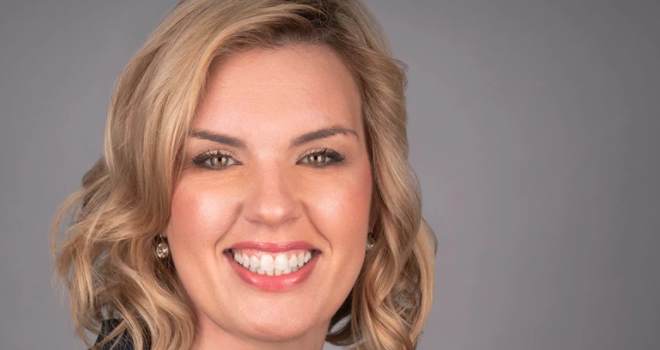Survival might be the current modus operandi of a typical aviation manager. However, starting to think ahead and develop a strategy could be a powerful tonic.
When I recently connected with my aviation client this past week, I witnessed a tired and exhausted general manager that had just laid off more than 40 staff. There was no doubt that the calls he had to make were affecting him and he needed a break. After speaking with him about his experiences, I asked him how he would like to proceed from here. To my surprise he said, ‘I want to create a strategic plan for the future’.
One of the best things we can do regarding the Covid-19 situation is to look forward and see how we can best emerge from this. On one hand I feel that nothing else has given us as much of a challenge; on the other hand, it presents us with an opportunity to reflect and learn. As there are still many unknowns, we have decided to create an initial strategic plan that would become a running document as things develop.
I will share some of the key areas that we have started to cover in the strategic plan with the hope that some of this is applicable to your business:
Adjustment of services: We took some time to analyse the adjusted requirements of the market and how this impacts his business. Where are the opportunities for his business? Where could he think about collaborating with others and add value?
Workforce planning: We discussed the topic of how he envisions the company ‘coming back online’ and discussed which positions should be covered by others. Furthermore, we discussed the different stages where he will re-hire certain positions and what their roles and responsibilities will be. This strategy will allow him to analyse the positions as well as their relevancy with the changed business landscape.
Process improvement: By implementing a leaner operation, this will provide the opportunity to analyse processes and see which ones are still applicable to the operation. Evaluating the processes and asking ‘why are we doing this?’ can help in shedding some additional work that is not necessarily productive any longer.
Work-life balance: These challenging times has given us time to reflect. Part of this strategic plan is to change and implement different expectations for him and his workforce with regards to work-life balance. Although our operations have been mostly quiet, there is still a lot of work to be done. Being at home can increasingly ‘blur the lines’ between work and family. As part of his learning, he has decided to put up clearer boundaries going forward for his work life and family life, along with the same expectations for his workforce.
Employee engagement: A key part of his plan has been the development of strategies for psychological safety. Despite the fact that everyone knows that this situation is very much out of everyone’s control, my client is focused on developing a culture that allows for more employee contribution, diversity and inclusion, and unified teamwork by elevating the unique talents of his workforce and increasing employee engagement.
Leadership: My client and I have collectively decided to reflect on his leadership and the traits he can see in his leadership team. We have aligned those traits to his corporate values and his vision for the organisation going forward.
I hope that this information has provided you with some food for thought as you prepare yourself and your organisation to come back even stronger from this pandemic.
 As always, if I can serve as a sounding board, please do not hesitate to reach out at desiree@desireeperez.com
As always, if I can serve as a sounding board, please do not hesitate to reach out at desiree@desireeperez.com
This blog first appeared on our sister site http://groundhandling.com/





